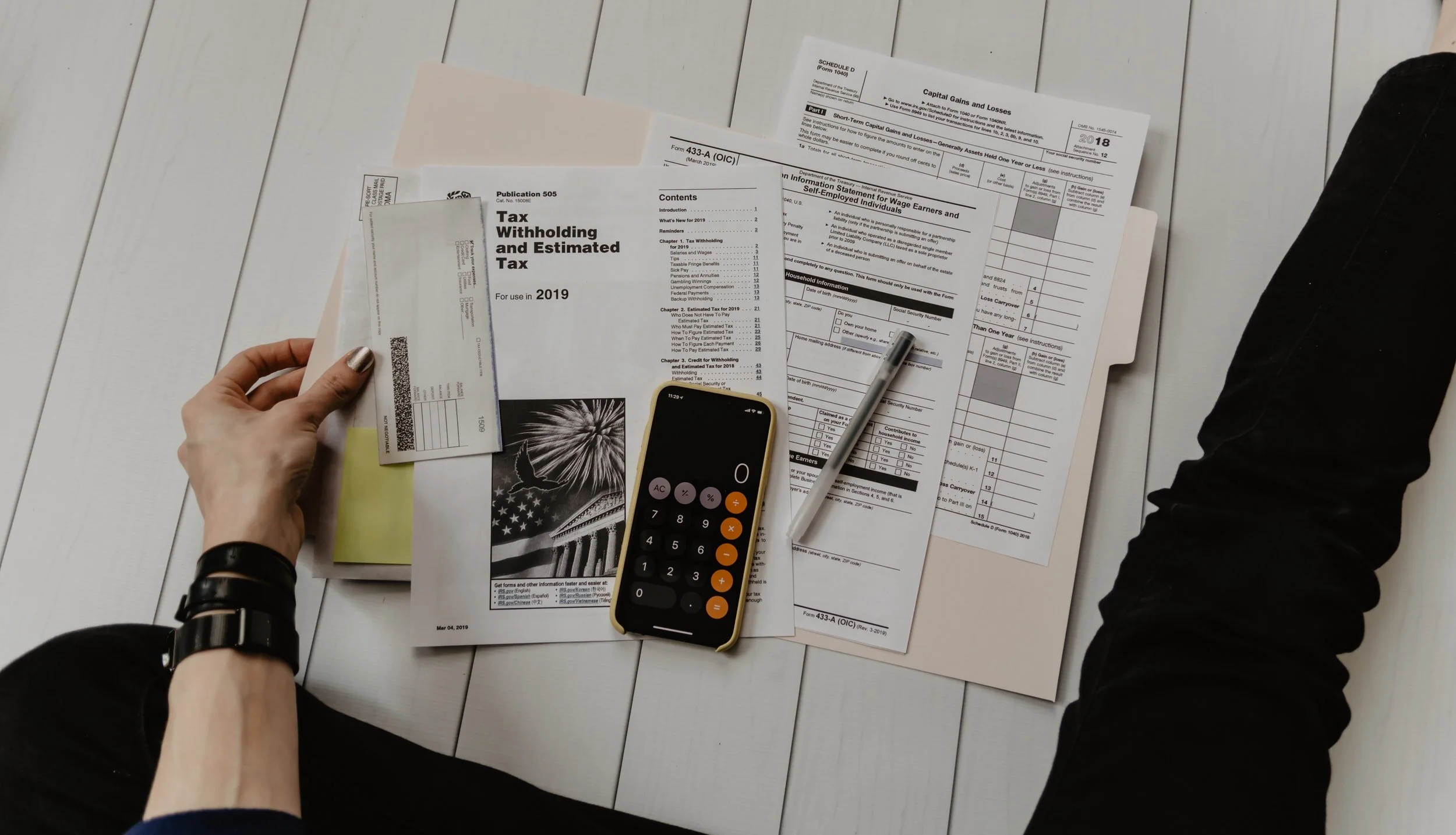Preventing A Tax Hit
Investing in rentals properties can provide investors with steady income streams that cover the mortgage and additional profits each month. When such properties are eventually sold, investors stand for substantial windfalls. However, these selling events can lead to significant long-term capital gains tax liabilities.
Taxes on rental income earned by married couples with taxable income of $280,000, $100,000, and capital gains would be $15,000. However, there are many ways to minimize the capital gains tax bite. This article will explain three of the best ways to minimize capital gains tax.
Withdrawn Gains And Losses
What is?
Tax-loss harvesting
Who is it for?
Anyone with capital losses during a particular tax year
What do you get?
The ability to subtract these losses from capital gains from a rental property sales
Tax-loss harvesting is a way to reduce tax exposure when you sell a rental property. For example, if an investor holds an investment that has lost its value (an unrealized Loss) and decides to sell it at a loss in the same calendar year as the rental property sale gain (a realized Loss), this can be used a tax planning strategy. This tax-minimizing strategy is used primarily to offset stock investment gains, but more people use it for rental property sales.
Section 1031 Of The Tax Code Is Your Opportunity
What is?
IRS Section 1031 "like-kind" exchange
Who is it for?
Anyone who can reinvest the proceeds from rental property sales into new real estate
What do you get?
The ability to defer any or all taxes on capital gains
Real estate investors have the option to defer capital gains taxes by using Section 1031. This allows them to sell a rental property and purchase a property that is " similar-kind." They then pay taxes only when the exchange takes place. Legally, "like-kind" can be defined broadly. Investors do not need to trade one business or condo for another. They're all fair as long as the properties are rental income-generating units.
This method is time-sensitive. Investors have only 45 days to find replacement properties. Then, they must close formally within 180 days. Investors must close sooner if a tax return (with extensions) is due before the 180-day deadline. Investors who miss the deadline will have to pay the full capital gains tax on selling the original rental home.
Make Your Rental Property Your Primary Residence
What is?
Conversion of rental property to a primary residence
Who is it for?
Anyone who can convert a rental property to their primary residence.
What do you get?
The ability to exclude as high as $500,000 from capital gains from taxes
Selling the home, you live in can be more tax-efficient than selling a rental property. IRS Section 121 allows individuals to exempt up to $250,000 from the proceeds of the sale of their primary residence if they are single or $500,000 for married filing jointly. Investors must have owned their homes for at most five years, and they must have lived in them at least twice of those five years. You do not need to live in the same house for more than one year. Some investors convert their rental properties to their primary residence.
The deduction amount depends on whether the property was used as an investment or as a rental. A taxpayer cannot exclude any gain previously attributable to a deduction. This is depreciation capture and is specific to rental properties. The amount previously taken as depreciation deduction will be taxed at a 25% recapture rate.
The Final Word
15% to 20% of the rental property's profits can be subject to capital gains taxes. However, there are capital gains tax strategies that can be used to reduce this burden. For advice specific to your rental property situation, consult a tax professional.

